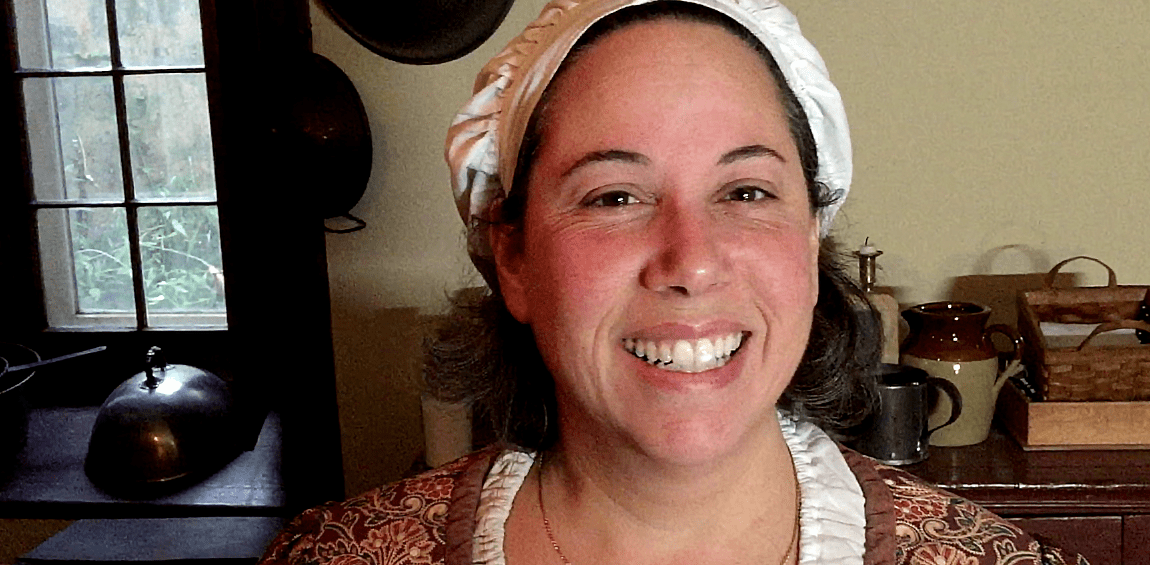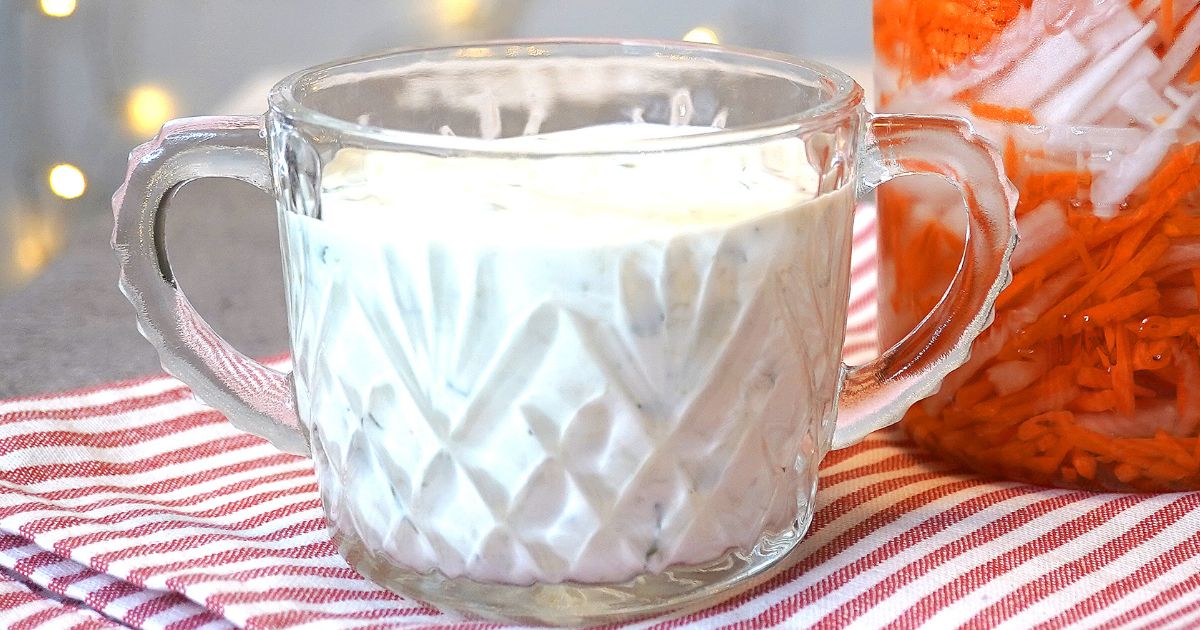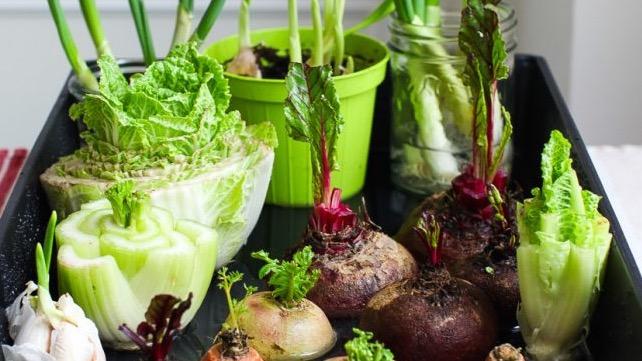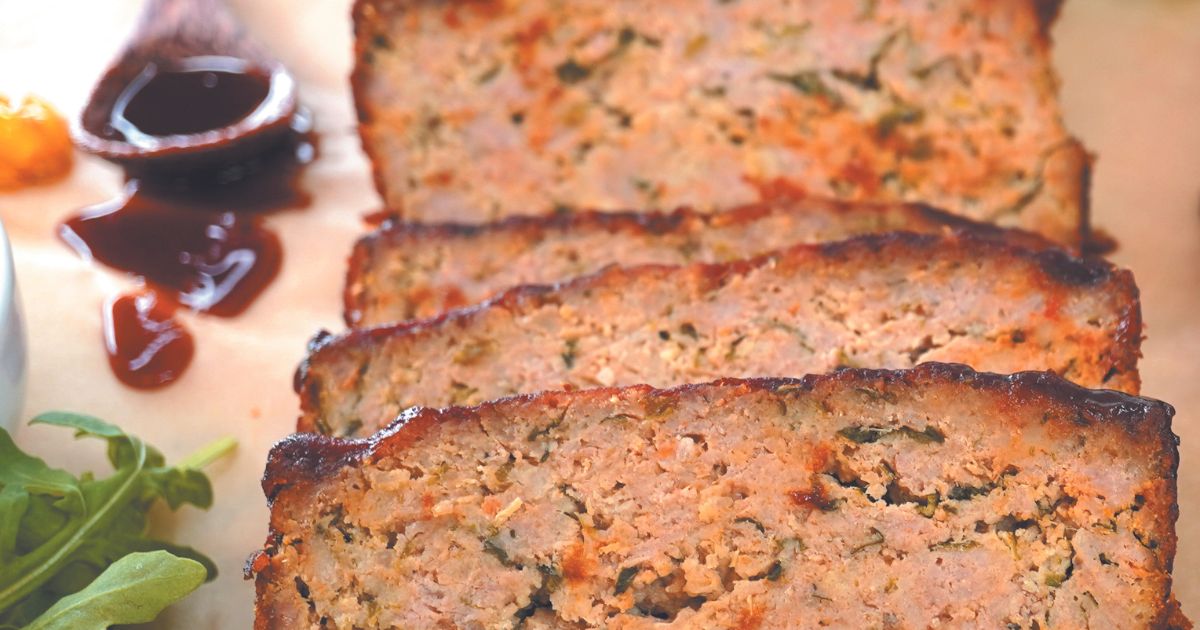“There may be butter,” Janet Kronick warns as she ladles a hearty dollop, destined for shortbread, into her crockery bowl. Kronick is the historic kitchen coordinator at Dundurn Castle in Hamilton, Ontario. The castle is a national historic site and the former home of Sir Allan MacNab, a provincial political leader and entrepreneur. Kronick and her team recreate dishes fit for a laird and for the common serving folk that would have worked in the castle in its prime. These days the treats are for the tour groups that pass through every day but Christmas. But that doesn’t mean Christmas is less busy. “December is the busiest six weeks of the year,” jokes Victoria Bick, the head of the site’s historic garden. This time of year Bick, her garden prepped for the winter, works indoors, planning next season’s bountiful garden and helping with tours and holiday preparations. And, when she gets the chance, stealing the edges off Janet’s shortbread.

Janet Kronick, Caroline McLachlan-Darling, Victoria Bick of Dundurn Castle bake shortbread, bread and give show us the bounty of their historic Victorian garden.
Discover more great stories like this in the Harrowsmith Magazine. Subscribe today.
Wheat Bread
The Cook Not Mad, Kingston, 1831
To eight quarts of flour put a pint of distiller’s yeast, wet up the flour with warmed milk and set it to rise or ferment. If you use brewer’s yeast, put half a teacup into a pint of warm milk, thicken it a little with flour and let it ferment ten or twelve hours, when it is ready to go into your bread; set up the flour as before directed with warmed milk and set the dough to rise or ferment. Bake one and a quarter hours; all over that time does injury.
Modern Interpretation (reduced)
Ingredients
- 1 ½ tbsp brewer’s or regular (dry) yeast
- or 1 ½ cups starter leaven
- 6 cups flour
- 1 tsp salt
- 1 tsp sugar
- 3 cups warm water
Dissolve yeast in 1 cup of warm water, adding a few grains of sugar to accelerate the process. When a foam develops on top of the water (usually within about 5 minutes or so), combine all theingredients in a large bowl. If using starter leaven, combine ingredients at once and continue. Mix thoroughly and knead gently until you have a ball of dough. Cover and place in a warm area to rise for 4-6 hours, kneading dough on a floured surface for 2 minutes once during the rising process. When doubled in size, shape into loaves and place onto a greased or lined baking sheet or tin. Bake at 400ºF for 40-50 minutes.
Starter
The story of leaven /yeast is a complicated one. By mid 19th century it was beginning to be understood that yeast exists as a living thing that grows with sugar or flours. It’s bitterness was often tempered with various ingredients like hops or potatoes etc… However. The simplicity of making starter would elude most people who bought it from breweries and other manufacturers that offer it dried in cakes to be revived. Our modern version is still as simple as can be, but many recipes from our historic time period are pages long and unhelpful.
Modern Interpretation
A Starter Leaven
Ingredients
½ cup warm water
½ cup flour
1 jar with secure lid
Combine flour and water in the jar, cover and let sit overnight at room temperature. The next day, add 2 tbsp of flour and 4 tbsp water, blending well. Repeat this process each day for five days. On the fifth day (approximately) it is ready for use. The mixture should be a thick milkshake like consistency and a bitbubbly. To keep the starter active, “feed” it every day (flour andwater). For use at a much later date it can be stored in the fridge, where it becomes dormant and awaits room temperature activation. At least three days before it is wanted for use, remove it from the fridge, pour off any liquid that has formed on the surface, add water and flour as above and store it at room temperature. Always save at least a few tablespoons of starter after each use and feed it flour and water daily.
Notes: Our modern interpretation uses no yeast to create a leaven. Theprocess takes a little longer but the leaven is lovely. If you prefer a sweet taste by all means add the sugar, this speeds the fermentation process as well. Using raisins also stimulates fermentation due to the abundance of natural yeast on the dry fruit. Just drop them in and let them work their magic.
Information on Starter Leaven
Yeasts live all around us. Many bakers today still use wild yeast to make bread. Starters contain a mixture of yeast and friendly bacteria. There are different ways of generating a successfulstarter. Since the yeast can come from the environment (the air) some methods suggest leaving the jar or bowl open to the air. At Dundurn, wealways cover the top of the starter jar without issue. You can cover your starter with plastic wrap or seal the lid on a jar. Try the different methods and see which works best for you.
Your starter will respond best to a bit of regular attention and food. For a simple starter follow the directions from the previous recipe. They like to be fed every day. However, unless you are baking daily this could result in more product than needed. You cancover the jar and put your starter in the fridge when you are not using it. It will happily sit in the fridgewithout feeding for days or even weeks, ready to come back to life when needed. It isprobably worthwhile trying to refresh it at least once a week to keep it lively.
Once you have carefully nurtured and raised your starter, make sure that you leave a little starter behind when you are making your dough, so that you have enough to make more. Each loaf could use up to one cup of starter in place of one tablespoon of dry active yeast and rising times will take longer. (for sourdough, try letting it rise overnight) Making bread is a special experience worthy of your patience.
Our thanks to Janet Kronick, the historic kitchen coordinator at Dundurn Castle, Hamilton, for these recipes and interpretations.
Scotch Shortbread The Book Of Household Management, 1861
by Isabella Beeton
Wayne is a digital strategist with extensive experience in traditional, online and communication strategy development. He has assisted clients like Random House (where he helped establish digital outreach programs), the Association of Science and Technology Centers, McMaster Family Medicine, rabble.ca, University of Toronto, Engineering reimagine their communications strategies for an emerging media landscape and new audiences. Wayne brings three decades of rich media content creation, a background in journalism and the ability to creatively understand brand and messaging and create new platforms and opportunities for Moongate’s clients. He has taught and developed online content creation and communications for a variety of colleges and universities in Ontario.











